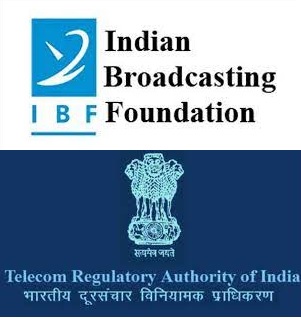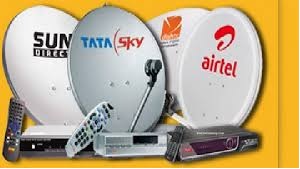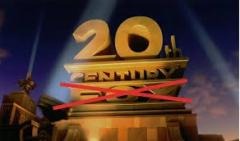Even as the New Tariff Order (NTO) 2.0 matter is pending before the Supreme Court, the Telecom Regulatory Authority of India (TRAI) and broadcasters have held backroom parleys to end the deadlock over the amended tariff regime, people aware of the development revealed. Sources say TRAI is open to the idea of floating a consultation paper to look into the concerns of broadcasters, particularly about the reduction of the MRP cap to Rs 12 for inclusion in a bouquet. However, the regulator wants the Indian Broadcasting and Digital Foundation (IBDF) to withdraw the case in the Supreme Court. The IBDF, on its part, is non-committal as it wants the TRAI to take an official stand before the Supreme Court.
“TRAI has communicated to the broadcasters that it is willing to look into their issues provided they withdraw the case in the Supreme Court. TRAI might issue a consultation paper seeking views of different stakeholders, including the broadcasters. There is no change in TRAI’s official stance which is implementing NTO 2.0 from 1st April,” an industry official said, on condition of anonymity.
A TRAI official said that the regulator has formally told the broadcasters that it will look into their grievances if they ensure that the consumers are not hassled and prices will not increase. “TRAI in its affidavit to the Supreme Court has also said that it is duty-bound to resolve issues as and when they come up. This has been the consistent stand of TRAI,” he stated.
According to a source close to IBDF, the broadcasters will withdraw the cases only if the TRAI takes an official stand before the Supreme Court. “TRAI is a government body, and they don’t want to own up to their mistakes which is why they are asking broadcasters to withdraw cases. Ideally, TRAI should make a statement before the Supreme Court that it is willing to look into the demands of the broadcasters. That will break the deadlock,” the source said.
On the question of IBDF and its members withdrawing cases from the SC, the TRAI official said consultation and court cases can’t go hand in hand. “How can the TRAI resolve their issues if the matter is pending before the SC? Either they should wait for a resolution in the SC or get their grievances addressed by the TRAI through a consultation process,” he averred.
The TRAI is also believed to have informally told the broadcasters to hike prices in two stages instead of doing it in one go. The broadcasters have decided to exclude their driver channels out of the bouquet by increasing their MRPs by 20-25%.
“In its informal meetings with broadcasters, TRAI has impressed upon the broadcasters to undertake the price in two stages. Some broadcasters are open to this idea while some are not in favour of this. TRAI cannot prevent broadcasters from hiking prices after almost three years as the telcos had also recently increased the prepaid tariffs by 20-25%,” the TRAI official said.
As per Reference Interconnect Offer (RIO) filed by the broadcasters in October last year, the prices of channels like Star Plus, Colors, Zee TV, and Sony Entertainment Television (SET) are almost double the MRP cap of Rs 12. Apart from general entertainment channels, the price of sports channels has also been increased by Star and Sony.
The exclusion of driver channels from the bouquet might lead to inflation in the TV bills of the subscribers as they will have to pay separately for each of the popular channels. The TV distribution platforms fear that the price hike by broadcasters will lead to churn as the top end of the pay-TV base will shift to OTT while the lower end has an option in DD Free Dish.
Under NTO 2.0, channels priced above Rs 12 cannot be part of any bouquet. The new regime also caps the bouquet discount that can be offered by the broadcasters. In NTO 1.0, the MRP cap was Rs 19 while there was no cap on bouquet discount which allowed broadcasters to push bouquets to customers.
The broadcasters have failed to secure interim relief from the Supreme Court which has allowed TRAI to push for the implementation of NTO 2.0. The TRAI has also extended the deadline for implementing NTO 2.0 to 1st April 2022 from 1st December 2021. Meanwhile, the Supreme Court is expected to take up the NTO 2.0 matter on 15th February.
Amidst the unofficial meetings between TRAI and broadcasters, the regulator has formed a committee comprising broadcasters, national multi-system operators (MSOs), and independent MSOs. The local cable operators (LCOs) have been kept out of the committee.
“The committee comprises four representatives each from broadcasters and MSOs, besides two representatives from independent or small MSOs. The LCOs are not part of the committee as technically their role in the implementation is to collect consumer choice and share it with the MSOs,” the TRAI official said.
Queried about the letters written by the LCOs to the MIB, TRAI, and the Prime Minister’s Office (PMO), the official said that the two key demands of the LCOs are to regulate DD Free Dish and OTT. Both these issues are outside the mandate of the NTO 2.0 implementation plan, he noted























